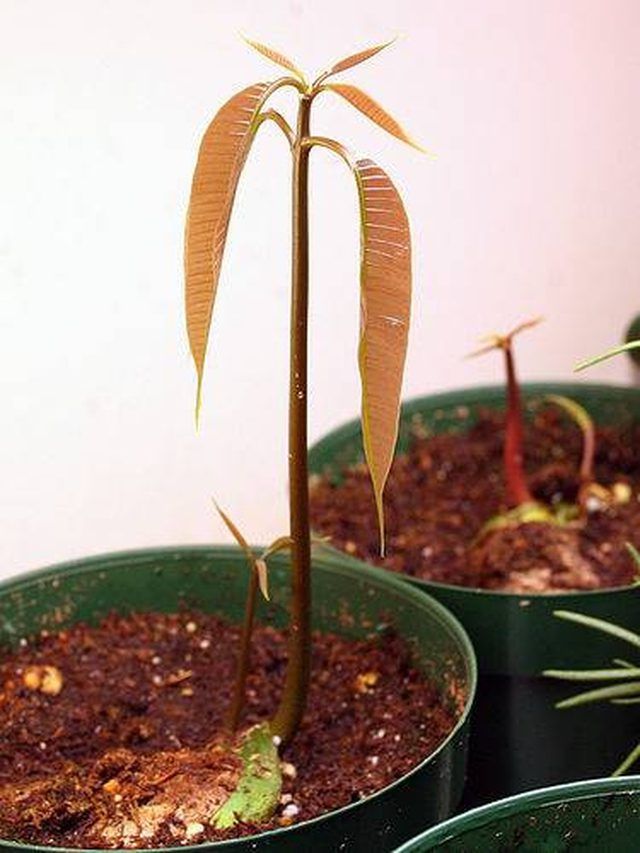Bulbs
Flower Basics
Flower Beds & Specialty Gardens
Flower Garden
Garden Furniture
Garden Gnomes
Garden Seeds
Garden Sheds
Garden Statues
Garden Tools & Supplies
Gardening Basics
Green & Organic
Groundcovers & Vines
Growing Annuals
Growing Basil
Growing Beans
Growing Berries
Growing Blueberries
Growing Cactus
Growing Corn
Growing Cotton
Growing Edibles
Growing Flowers
Growing Garlic
Growing Grapes
Growing Grass
Growing Herbs
Growing Jasmine
Growing Mint
Growing Mushrooms
Orchids
Growing Peanuts
Growing Perennials
Growing Plants
Growing Rosemary
Growing Roses
Growing Strawberries
Growing Sunflowers
Growing Thyme
Growing Tomatoes
Growing Tulips
Growing Vegetables
Herb Basics
Herb Garden
Indoor Growing
Landscaping Basics
Landscaping Patios
Landscaping Plants
Landscaping Shrubs
Landscaping Trees
Landscaping Walks & Pathways
Lawn Basics
Lawn Maintenance
Lawn Mowers
Lawn Ornaments
Lawn Planting
Lawn Tools
Outdoor Growing
Overall Landscape Planning
Pests, Weeds & Problems
Plant Basics
Rock Garden
Rose Garden
Shrubs
Soil
Specialty Gardens
Trees
Vegetable Garden
Yard Maintenance
How to Plant a Mango Pit
How to Plant a Mango Pit. Mango trees grow tall and leafy, covering your yard with shade and beauty. They also produce fruit that is both delicious and full of vitamins. Mangos are tropical fruits, and the trees thrive in climates with mild winters and humid, hot summers. The most important thing to remember when planting a mango tree is that the...

Mango trees grow tall and leafy, covering your yard with shade and beauty. They also produce fruit that is both delicious and full of vitamins. Mangos are tropical fruits, and the trees thrive in climates with mild winters and humid, hot summers. The most important thing to remember when planting a mango tree is that the soil must be free draining to prevent disease and rotting. Growing mangos from pits is extremely simple, and they are ready to be planted in the yard within a month.
Things You'll Need
Mango pit
Dull knife
Small pot
Plastic 2-liter bottle
Remove as much remaining flesh from the pit as possible after eating your mango. Leave the mango pit to dry for a few days in your kitchen before attempting to remove the seed. This will make it considerably easier to pry the seed from the pit.
Pry open the mango pit using a dull knife. A butter knife works well. Be very careful not to cut or pierce the seed with the knife. The seed inside resembles a lima bean and is somewhat oval in shape.
Prepare the soil in a small pot. The area in which your pot is kept should be warm and the pot should have good drainage to prevent rotting of your seed. Make certain the soil is very moist before planting your seed.
Plant the mango seed on its side, with the eye facing up, about a half inch below the surface of the soil. The seed should be fully covered with soil.
Cover your seed with glass or plastic to keep moisture in and create a greenhouse effect. Make sure there is some air circulation inside the glass or plastic covering. Depending on the size of the pot you are using, a plastic 2-liter bottle top works very well as a covering.
Water your plant with lukewarm water every time the soil begins to feel dry. In drier climates, this may mean watering daily. When watering, make certain the drainage holes in your pot are clear and working.
Check on your seed frequently and remove the plastic or glass covering when you see a leafy shoot rising from the seed. This should happen sometimes between two and four weeks after planting the seed.
Transplant the seedling into a safe location in your yard. The location should be well irrigated and sunny. Your seedling will slowly grow into a tree and should begin to bear fruit within five years.